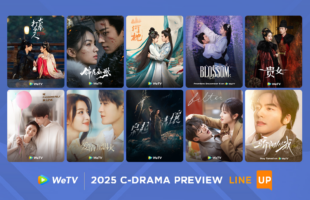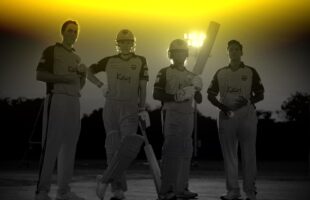Since the wonderful cat Felix made his debut in 1919’s Feline Follies, the first animated film to achieve mass commercial appeal, animators have exponentially extended that initial curiosity of giving a sketch a life of its own to the colourful world of cel animation and the modern process of computer animation.
The economies of scale that computer animation provides changed the industry, allowing more content to be produced in a relatively shorter timeframe, and was more cost-effective for studios working on long animated series or films. 3D animation was another major leap in the industry, literally adding a new dimension to storytelling. Still, 2D animation remains popular. From a studio’s perspective, a finely honed process from decades of 2D animation makes economic sense.
“With 2D animation more than most, what you see is pretty much what you get. With 3D techniques there is so much more ‘under the hood’ with all the technical, artistic and production related challenges; for the uninitiated this can be a minefield,” says Ken Anderson, Executive Director & Chief Creative Officer, August Media Holdings.
August Media produces both 2D and 3D animation. Anderson says the studio is very much audience and market focused, and the majority of 2D work they produce are comedies aimed at 6 to 11 year-olds.
“When you sell animation, the price you quote is the price a network is willing to pay to fill a broadcast spot. Therefore whether you sell 2D or 3D animation, the difference in price is fairly negligible,” says Jyotirmoy Saha, CEO of August Media Holdings. “2D animation is a style that requires a lot of human skill. 3D on the other hand requires two sets of skills. One is to use the tools that are available to you on a computer and the second is the art of managing those tools themselves. Therefore good quality 3D can be very complicated to produce. For a studio it is obviously more expensive and requires extensive capital investment.”
The complexities of the relatively newer 3D animation process are a challenge even to experienced CG artists. Enrique Caballero, Character Department Supervisor at One Animation, says, “The CG toolset continues to improve at a very fast rate and this can benefit an agile production pipeline greatly. We save an enormous amount of time by having a computer handle the in-between calculations. However, when technology improves, expectations usually increase as well.”
Caballero has worked in every area of CG for the last 15 years, from video games to TVCs, music videos, TV series and movies. As technical director for One Animation, he is currently working on Rob The Robot Season 2 and the new series Oddbods (co-pro with Next Media Animation). He says the constant re-invention of the wheel can be distracting and time consuming on a production team that sometimes has to relearn a drastically different toolset.
While 3D can provide a richer suspension of disbelief, animators working with characters created in 3D are often master puppeteers limited to the flexibility of the character rigging [editor: providing a digital “skeleton” to a 3D mesh]. “Deep down most 3D animators wish that they were working in 2D, and they give us technical directors hell for it. It is the goal of a character technical director to make a rig as flexible as possible, with the main goal of giving the animator as much control as he could have with a pencil. This goal is rarely achieved but it is something to strive for,” Caballero admits.
2D animation of course has its own burdens. Animators are faced with the challenge of bringing a character to life with less help from sophisticated tools, although Saha says, “The tools that go behind producing good 2D are improving just as fast as it is for 3D.”
“I believe they both have their place,” says Caballero. “I will always have a deep love for 2D Animation, and I believe that when 2D and 3D animation are merged together it opens the door for even greater and greater possibilities.”
All three agreed the storytelling component is the most crucial part of an animated work, and with that in place, choosing between 2D and 3D techniques becomes secondary. Creativity, rather than toolsets, is the driving force and the key element to providing viewers that suspension of disbelief. As Anderson points out, “New styles and techniques are constantly jostling for a place in the very cluttered visual landscape. Great design will always shine through.”







